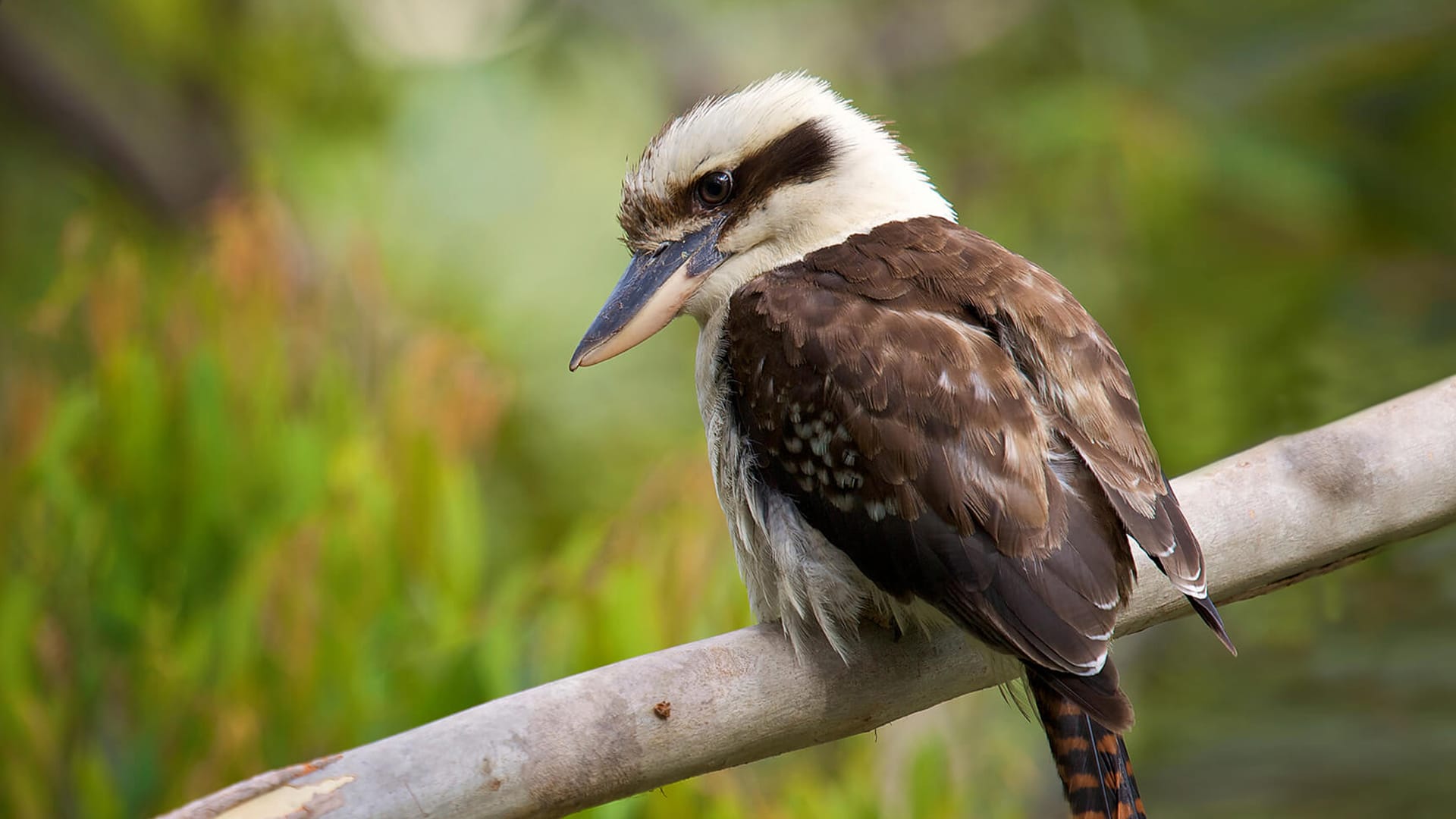“Kookaburra sits in the old gum tree…” – these simple words likely evoke a wave of nostalgia, conjuring images of sunny days and carefree childhood sing-alongs. But how much do you really know about this iconic Australian tune? This article delves into the rich history, meaning, and cultural significance of “Kookaburra Sits in the Old Gum Tree,” revealing fascinating facts and exploring the song’s journey from humble beginnings to international recognition.
Unraveling the History of “Kookaburra Sits”
The story begins in 1932 (not 1934, as some sources mistakenly claim) with Marion Sinclair, a music teacher and Girl Guide leader from Victoria, Australia. Sinclair composed “Kookaburra Sits” for a Girl Guides songwriting competition, aiming to raise funds for a new camping ground. Little did she know, her playful ditty about a kookaburra’s laughter would soon become a national treasure. The song debuted at the 1934 Girl Guides Jamboree, quickly captivating hearts and solidifying its place in Australian culture.
Deciphering the Lyrics: More Than Just a Laughing Bird?
The lyrics, at first glance, seem straightforward:
Kookaburra sits in the old gum tree,
Merry, merry king of the bush is he.
Laugh, Kookaburra, laugh, Kookaburra,
Gay your life must be.
While this first verse paints a vivid image of a joyful kookaburra reigning over the bush, some believe the lyrics hold deeper layers of meaning. The kookaburra itself could symbolize the carefree Australian spirit, its laughter echoing the joy and resilience of the people and the land. The gum tree, a quintessential symbol of the Australian landscape, further reinforces this connection to nature and national identity.
Common variations exist, particularly the debate between “in” or “on” the old gum tree. Both are widely accepted and sung, highlighting the song’s fluidity and adaptability across generations. Another interesting variation arises from children often mishearing “kookaburra” as “gumdrops,” perhaps influenced by the sweet treats they know and love. The second verse, commonly sung by children, introduces this “gumdrop” element:
Kookaburra sits in the old gum tree,
Eating all the gum drops he can see.
Stop, kookaburra, stop, kookaburra!
Leave some there for me!
This playful verse adds a touch of childhood whimsy, even though kookaburras, in reality, don’t feast on gumdrops. Their actual diet consists of insects, small reptiles, and even other birds.
The word “gay” in the original lyrics warrants a closer look. In 1932, “gay” commonly meant “happy” or “merry,” perfectly capturing the kookaburra’s cheerful disposition. Understanding this historical context is crucial for appreciating the song’s true intent.
Curious about the full lyrics of this catchy tune? Check out kookaburra sits in the old gum tree lyrics for a complete version and sing along! You can also find the extended version at kookaburra sits song lyrics.
The Kookaburra’s Cultural Echo
“Kookaburra Sits” has transcended generations and permeated almost every facet of Australian life. From schoolyards to sporting events, its simple melody and joyful lyrics unite people in song. It’s a staple at campfires, a beloved children’s rhyme, and a symbol of Australian identity recognized worldwide. The song’s international reach is evident in its translations into numerous languages, showcasing its ability to connect with diverse cultures.
The “Down Under” Controversy: A Copyright Conundrum
The song’s journey hasn’t been without its legal battles. In 2009, Larrikin Music, the copyright holders of “Kookaburra Sits,” successfully sued Men at Work, claiming the flute riff in their hit song “Down Under” infringed on the “Kookaburra” melody. This landmark case highlighted the complexities of music copyright and the sometimes-blurred lines between inspiration and infringement.
The Kookaburra’s Call: A Musical and Cultural Symbol
The song’s structure as a round encourages participation and creates beautiful harmonies when sung in groups. Its simple, repetitive melody makes it easy for children to learn and sing, contributing to its enduring popularity. Numerous arrangements and interpretations have emerged over the years, further demonstrating the song’s musical versatility.
Beyond the song itself, the kookaburra’s distinctive laugh holds cultural significance in Aboriginal folklore. Some Aboriginal cultures associate the kookaburra’s call with the laughter of the creator spirit, adding another layer of depth and meaning to the song.
The Kookaburra’s Song Continues
While much is known about “Kookaburra Sits,” research and discussions surrounding its cultural impact and various interpretations are ongoing. The song’s origins and evolution continue to be subjects of exploration, suggesting that there may be more to uncover about this beloved tune. As we delve deeper into the song’s significance, one thing remains certain: “Kookaburra Sits” will likely continue to resonate with hearts young and old, spreading joy and a touch of Australian sunshine for generations to come.
- Georgia Platform: A Southern Strategy, 1850s - March 31, 2025
- How many weeks is 40 days: Quick Conversion Guide for Accurate Results - March 31, 2025
- How many feet is 300 meters? 984 Feet: Understand Length Conversions Easily - March 31, 2025
















